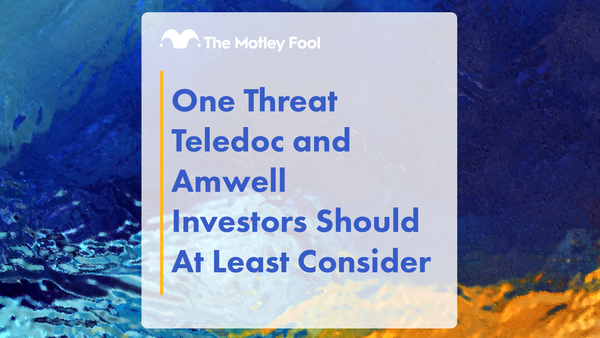
Source: flickr user 401kcalculator.org.
Exclusive provider organization plans, or EPOs, are a form of health insurance that attempts to rein in costs by limiting insurance coverage to a select group of healthcare providers. Unlike PPOs and HMOs, which allow for some out-of-network care, people with EPOs must receive all of their care within an EPO network in order for the EPO plan to pay.
The benefits of an EPO plan
Because EPO plans limit patient access to a specific group of providers, they can negotiate favorable reimbursement rates with those healthcare providers that can lead to lower monthly premium payments by patients.
The money-saving benefit of EPOs is a big reason many people choose them, but they do provide a bit more in-network flexibility than HMOs as well. While HMOs require people to obtain referrals from a primary care physician before visiting a specialist, in many cases no referral is required for visiting specialists participating in an EPO plan.
The drawbacks of an EPO plan
EPO plans are often less expensive than HMO and PPO plans, but those cost savings come with a hitch.
Both HMOs and PPOs provide for more doctor choice than EPO plans and that flexibility can be a deal-breaker for people considering whether an EPO plan is right for them.
In most cases, an HMO will help pay for out-of-network care as long as a patient's primary care physician has sent a referral. A PPO will similarly provide for out-of-network care, often without a referral, but at a higher out-of-pocket cost to the patient.
Because EPOs' provider network is limited, there's a good chance that a patient's existing doctor may not be part of the EPO's network and that would mean changing doctors -- something that would make many people balk.
Even if people are willing to give up doctor flexibility for cost savings, they may find that an EPO plan is hard to find because HMOs and PPOs remain far more common. Last year, EPO plans made up just 7% of plans offered on the Obamacare health insurance exchanges.
Other considerations
Although EPO plans don't provide out-of-network coverage, that doesn't mean patients are left high and dry in the case of an emergency. All EPO plans are required to provide some insurance coverage in those instances.
People should also pay particular attention to the fine print and consider their health insurance needs carefully before selecting an EPO plan.
EPO plans generally have lower monthly premiums, deductibles, and co-pays than non-EPO plans, but a PPO or HMO could still be less costly depending on a patient's particular situation.
Healthcare deductibles, or the amount a person will pay before insurance begins picking up the tab, can vary widely from plan to plan, as can co-pays, or the amount paid out of pocket to the healthcare provider when care is given.
The amount of healthcare costs shared with the insurer once a deductible has been met -- referred to as co-insurance -- can also differ from plan to plan.
The same is true for out-of-pocket maximums, or the maximum amount of money a patient will be required to pay for healthcare in any given year and prescription drug coverage. Because all these costs can vary significantly between EPOs, HMOs, and PPOs, it's best to shop around before selecting an EPO plan.





